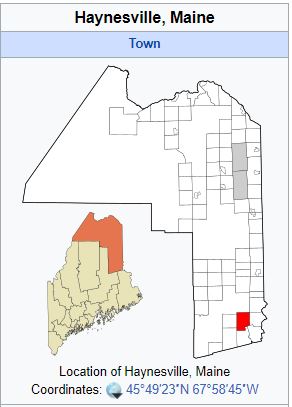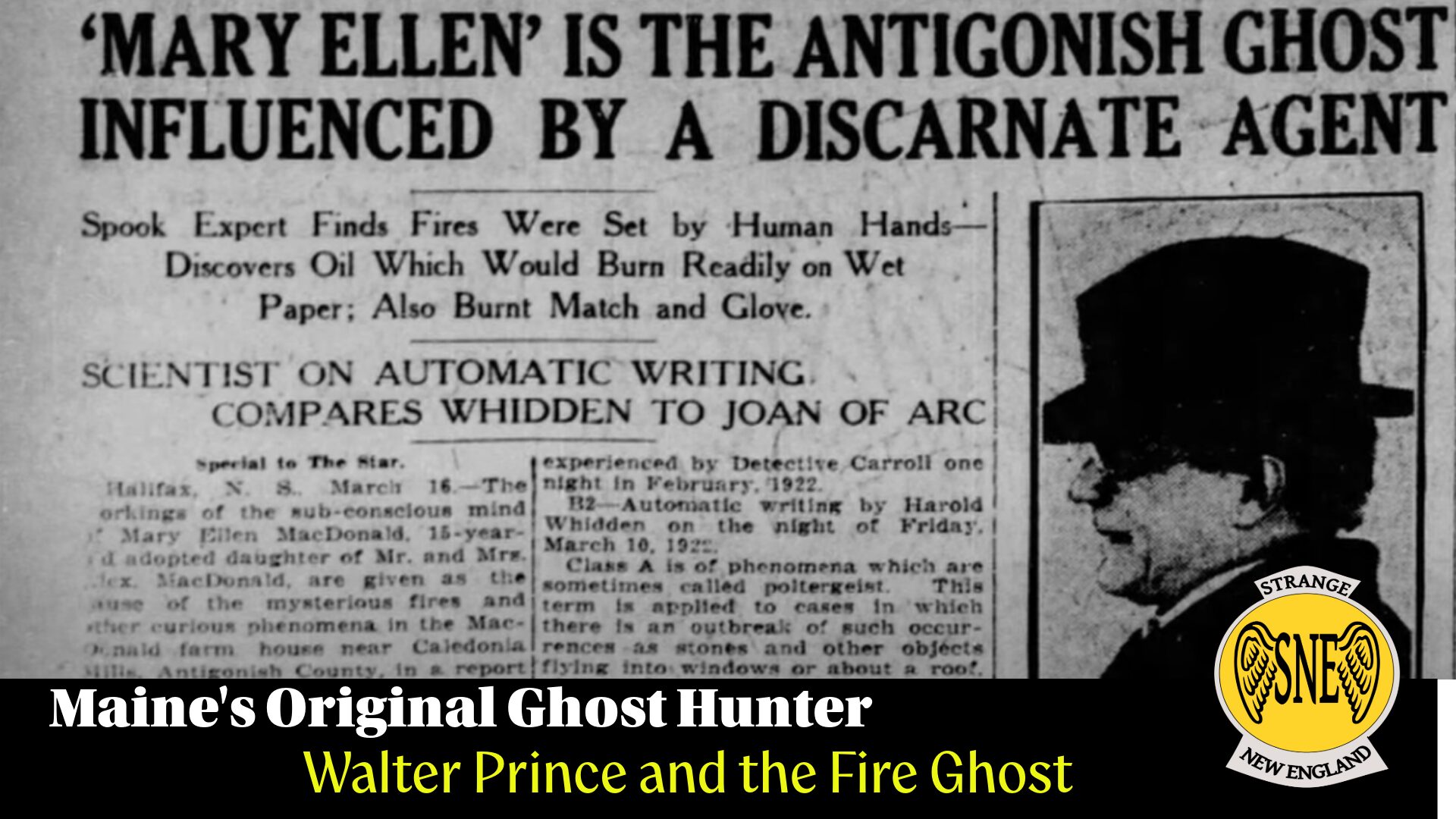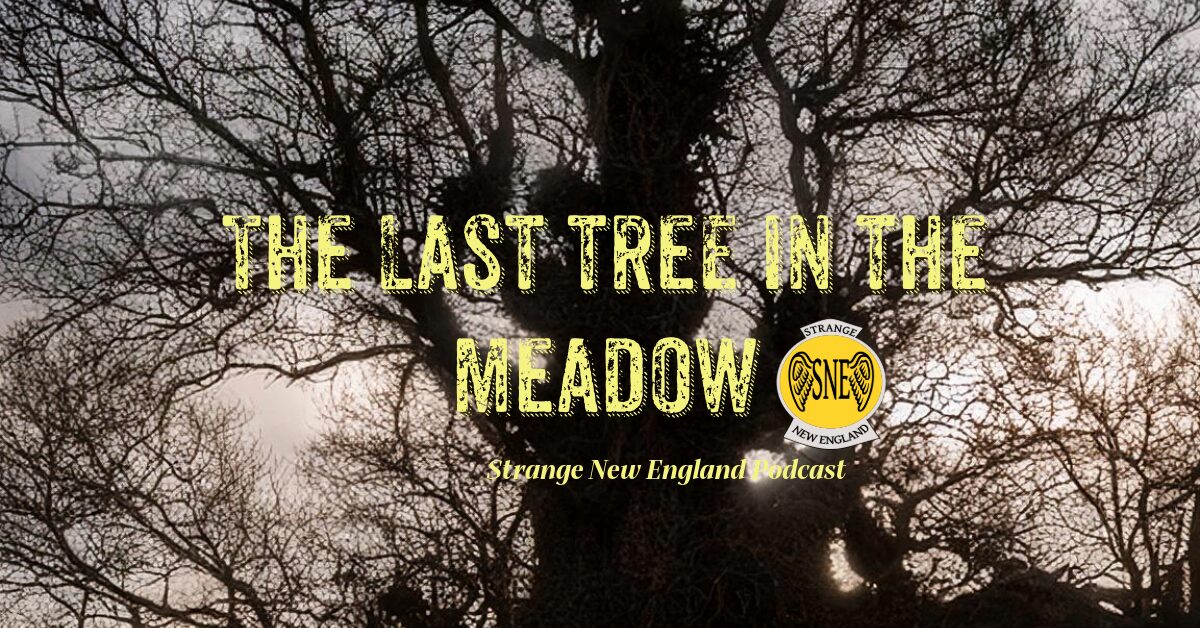
You find yourself alone on a journey, feeling somewhat lost as the houses seemed to have disappeared from the side of the road and all you have seen for the interim has been nothing but trees and shadows thrown from the moon that seems to be playing hide-and-go-seek with the clouds. It is as though you have driven into another world on as dark a night as you can remember and you hope you’ve taken the right road because right now, you feel like maybe you haven’t. Then, out of the corner of your eye, you see her – a white form in the darkness. At first she is there on the side of the road but suddenly, she is standing on the jagged white separator line and you slam hard on the brakes. Miraculously, you miss her. No one should be out here, this far, on their own. No one. You exit the car and see her there, her face ashen white and her expression almost too serene, strangely silent. You ask her if she is alright. She nods. You ask her if she needs a ride. She nods once more. Relieved but still shaken, you let her in and continue on your journey through the long darkness. The silence is too much for you and you attempt to make small talk, but the woman is strangely silent. You ask her questions, but she does not speak. Soon, as you approach the first house that you have seen in a long while, a chill pervades the atmosphere of the car and you cast your glance into the rear view mirror to check on your passenger. Your foot hits the brakes. You stop, wide-eyed, staring into the backseat. You are alone.
Such a tale has been told around many a campfire and is known as one of the most common urban legend motifs. In Maine though, the long dark nights seem longer and darker than in other places. People do take on long journeys all alone. Long before the advent of Interstate 95 linked northern Maine with the rest of New England, there were few ways to travel past Bangor without encountering strange, long and lonely stretches of rough road, especially in the winter.
In the early days, there was a particularly winding and dangerous portion of U.S. Route 2A near the town of Haynesville and it cut through a patch of forest known as the Haynesville Woods. Today the road through the Haynesville Woods remains circuitous and dangerous in the winter. Truck drivers and motorists who journey in that area understand that the isolation of the northern Maine woods is unmatched anywhere else in New England and that seeing anything out-of-the-ordinary on a long and lonely night is made more jarring by the idea that you are, indeed, in the middle of nowhere. Most people choose to use the Interstate.
As a child, I grew up listening to Maine country music icon Dick Curless sing about the road that might be lined with tombstones instead of trees and it always sent a shiver down my spine. So many died on that road, he claimed, that there could be a tombstone every mile. The song is enjoying new life as Maine singer-songwriter David Mallett (davidmallett.com) has recorded it on his new album of cover songs, The Horse I Rode in On. Death, it seemed, wandered through the imagination of drivers encountering long, icy patches of road in the winter at high rates of speed. Where the imagination and Death join hands, legends soon follow.
In a 1990 article in the Bangor Daily News, journalist Tom Webber detailed the groundbreaking work of students working for the University of Maine Northeast Archives of Folklore and Oral History, scouring the back roads and interviewing old-timers about the lore of their land before they passed away and the knowledge was irretrievably lost. Those interviews detail a legend concerning two standard motifs in folklore – the woman in white and the phantom hitchhiker.
Every town or city in New England seems to have its own Woman in White story. She might haunt a graveyard or an old mansion, but in the wilds of Maine, she is often encountered on the loneliest portions of the road by a driver in the dead of night. In the case of the Haynesville Hitchhiker, she is encountered as a young woman either seen hitchhiking or simply standing in the middle of the road. Invariably, the driver panics and stops, getting out of the vehicle to check on her safety. In some legends she is wearing a coat and holding a suitcase. She is invited into the vehicle and the driver continues on the journey. Suddenly, the driver experiences a chill and when looking over to check on her, finds that she is gone. In one tale her coat is left on the seat with an address inside. When the driver investigates further, he meets the woman’s mother who recognizes the coat and tells the sad tale of her daughter’s untimely death on the road.
Another version of the Haynesville Hitchhiker comes from the St. John Valley town of Van Buren and tells of a woman on her way to a party, but she has a flat tire. She is wearing a white dress for the occasion and while attempting to change the tire, she is struck and killed by a hit-and-run driver. Her dress, red ribbon and lace is found on the road, but there is no body and there are no bones. This version claims that on foggy nights, the woman in white can sometimes be seen walking in the distance ahead on the side of the road. The frightening part of this claim is that as you speed up to try to catch her, she does, too. Other variations on the legend speak of a red flashing light seen in the distance. As it approaches you, a white cloud floats over your vehicle and the red flashing light disappears.
Perhaps the most popular version of the legend is that of the frozen bride, another common motif in folklore and legend. In this story, a young bride and her husband are driving on the road along Route 2A on a particularly cold winter day when their car encounters the dreaded icy patch and careens into a utility pole. The husband dies upon impact, but the bride is thrown from the car and survives, at least until she freezes to death in the cold. Those who have encountered the frozen bride find her walking alongside the road in the dead of winter, clutching her arms and staring straight ahead. She is offered a ride and wordlessly enters the car. Those who say they have encountered her report a woman who appears to be freezing, even in the heat of a summer night. Like the other spirits described, she disappears and those who have encountered her are filled with both fear and sadness. She continues her journey, searching for help.
I have heard various tales of the Haynesville Hitchhiker from people over the years. The landscape and the loneliness of that road seem to engender stories to chill the spine and make the adrenaline spike. One particularly fearsome tale is a variant of the hitchhiker and involves a bicycle rider who suddenly appears next to you in the darkest part of night and, though you are moving at fifty-five miles per hour, he smiles a crooked grin and pedals ahead, disappearing into the dark, leaving you pondering the impossibility of the event.
Women in White abound in legend and folklore. Medieval legends mention them and when Europeans crossed the ocean to take up residency in the new world, they brought their women in white with them, it seems. There are other roads in New England, as well as the rest of the world, where spectral brides glide across moonlit fields or interrupt the journey of lonely travelers for their own unknown reasons. Find a lonely stretch of road, perhaps with a cemetery not far away, add a lonely night and a weary traveler and you’ve got a recipe for fear and the inexplicable. The strange truth of the Haynesville Hitchhiker is that many people actually have perished on that stretch of road. If you journey north, you might even see the makeshift memorials that locals still set on the sides of the road where their beloved dead have perished: a white cross, a bouquet of plastic flowers, a name written on a piece of cardboard and a remembrance that on this precise spot, someone met their life’s end.





